How Does Addiction to Prescription Drugs Differ from Illicit Drug Addiction?
Addiction, whether it involves prescription drugs or illicit substances, can have profound and lasting effects on an individual’s physical health, mental well-being, relationships, and societal interactions. However, the paths to addiction, types of drugs involved, and the way society views prescription and illicit drug addiction can vary significantly. Understanding these differences can aid in recognizing the unique challenges and treatment needs associated with each form of addiction. This knowledge can also assist individuals, families, and healthcare providers in approaching addiction with a nuanced perspective.
1. What is Prescription Drug Addiction?
Prescription drug addiction refers to the dependence or misuse of medications prescribed by a healthcare provider. Commonly abused prescription drugs include:
- Opioids (painkillers like Oxycodone and Fentanyl)
- Sedatives (such as benzodiazepines, including Xanax and Valium)
- Stimulants (such as those used for ADHD, like Adderall and Ritalin)
Prescription drugs are legally obtained through healthcare providers and are typically prescribed for specific medical reasons. However, these medications can become addictive due to their effects on the brain, particularly when taken outside of prescribed dosages or in ways not intended by the doctor, such as snorting or injecting.
2. What is Illicit Drug Addiction?
Illicit drug addiction, on the other hand, involves substances that are illegal to possess, manufacture, or distribute. Common illicit drugs include:
- Cocaine
- Heroin
- Methamphetamine
- LSD
- Ecstasy
These drugs are often unregulated, meaning they may contain unknown additives, making their effects more unpredictable and often more dangerous. People may begin using illicit drugs out of curiosity, peer pressure, or in response to stress or trauma, which can lead to addiction due to the drugs’ powerful effects on brain chemistry.
3. Access and Availability: A Key Difference
- Prescription Drugs: Prescription medications are legally available to those who have a prescription from a licensed healthcare provider. This accessibility can make it easier for some individuals to become addicted, especially if the medications are overprescribed or prescribed long-term. Often, people with legitimate health concerns may inadvertently become addicted to their medication.
- Illicit Drugs: Illicit substances are not legally available, and access typically involves risky or illegal behaviors, such as purchasing drugs on the street or through illegal markets. While the legal risk is higher, illicit drug addiction can escalate quickly due to the often potent and immediate effects of these substances.
4. Social Perception and Stigma
- Prescription Drugs: Society generally perceives prescription drug addiction with slightly more empathy, as many individuals begin taking these drugs for legitimate medical reasons. However, as the opioid epidemic has shown, misuse and dependency on prescription drugs are rising, challenging this perception.
- Illicit Drugs: Illicit drug addiction often carries a greater stigma due to the association with illegal activities and the negative behaviors that can accompany the addiction. As a result, people with illicit drug addictions may face more judgment or isolation from society, making it difficult to seek help.
5. Medical Supervision and Misuse Potential
- Prescription Drugs: With prescription drugs, there is typically some level of initial medical supervision. A doctor or healthcare provider prescribes the medication, explains the correct dosage, and may conduct regular check-ups. Despite these precautions, the potential for misuse is high if an individual consumes higher doses than recommended or continues use after the prescription period.
- Illicit Drugs: Illicit drugs are often used without any medical guidance, making their misuse virtually inevitable. There is no oversight for dosage, content, or method of administration, which increases the risks of overdose, addiction, and other health complications.
6. Legal Implications
- Prescription Drugs: Misuse of prescription drugs can lead to legal consequences if someone obtains them illegally (e.g., buying someone else’s prescription drugs). However, those prescribed the drugs typically face fewer legal risks.
- Illicit Drugs: Using, possessing, or distributing illicit drugs carries legal risks, including fines, imprisonment, and a permanent criminal record. This legal aspect can compound the struggles of addiction, as individuals may experience a cycle of addiction, legal trouble, and difficulty finding employment or housing due to their record.
7. Physical and Psychological Impacts
Both types of addiction lead to severe physical and psychological consequences, but there are nuances:
- Prescription Drugs: Dependency on prescription drugs, especially opioids or benzodiazepines, can cause respiratory issues, heart problems, and liver damage. Psychological impacts include anxiety, depression, and cognitive impairment.
- Illicit Drugs: Illicit drug addiction can lead to infectious diseases (through needle sharing), severe mental health issues, and even brain damage. Methamphetamine and heroin, for instance, can cause extreme physical deterioration, which is visibly apparent in advanced stages.
8. Recovery and Treatment Approaches
- Prescription Drug Addiction: Treatment for prescription drug addiction often involves tapering off the medication under medical supervision, with additional therapy to address underlying issues. Medication-assisted treatment (MAT) is frequently used for opioid addiction, alongside cognitive-behavioral therapy (CBT) and counseling.
- Illicit Drug Addiction: Recovery from illicit drug addiction can be more complex due to the intensity and variability of the drugs involved. Treatment may include detoxification, inpatient rehabilitation, and long-term therapy to manage withdrawal and cravings, with a focus on behavioral therapy and peer support.
9. Risk of Relapse
- Prescription Drugs: Since many people who become addicted to prescription drugs initially have a medical need, they may struggle with pain or other symptoms post-recovery. This challenge can increase the risk of relapse if they seek relief through the same or similar medications.
- Illicit Drugs: The risk of relapse for illicit drug users is high due to the psychological dependency and the lifestyle associated with their use. Environmental triggers, stress, or exposure to situations that involve drugs can contribute to relapse.
10. Support Systems and Aftercare
- Prescription Drugs: Aftercare for prescription drug addiction may involve continued medical monitoring, outpatient counseling, or support groups to help individuals avoid misuse.
- Illicit Drugs: Aftercare for illicit drug addiction often requires more intensive support, such as ongoing therapy, job training programs, and group support systems to assist with reintegration into society.
Conclusion
Both prescription drug and illicit drug addictions require comprehensive treatment plans tailored to the individual’s specific needs. Although the causes and social perceptions of these addictions differ, both types result in life-altering consequences that impact physical health, mental well-being, and social relationships. By understanding the distinctions between these two forms of addiction, individuals, families, and communities can better recognize the signs, offer support, and seek appropriate treatment options.
Ultimately, addiction, whether to prescription or illicit drugs, is a chronic disease that requires both personal commitment and structured treatment for recovery. Recognizing the unique characteristics of each type of addiction can guide individuals toward the right support systems and treatment facilities. At facilities like the Nasha Mukti Kendra in Banur, dedicated support, effective therapies, and aftercare programs are available to help individuals achieve a sustainable, addiction-free life.
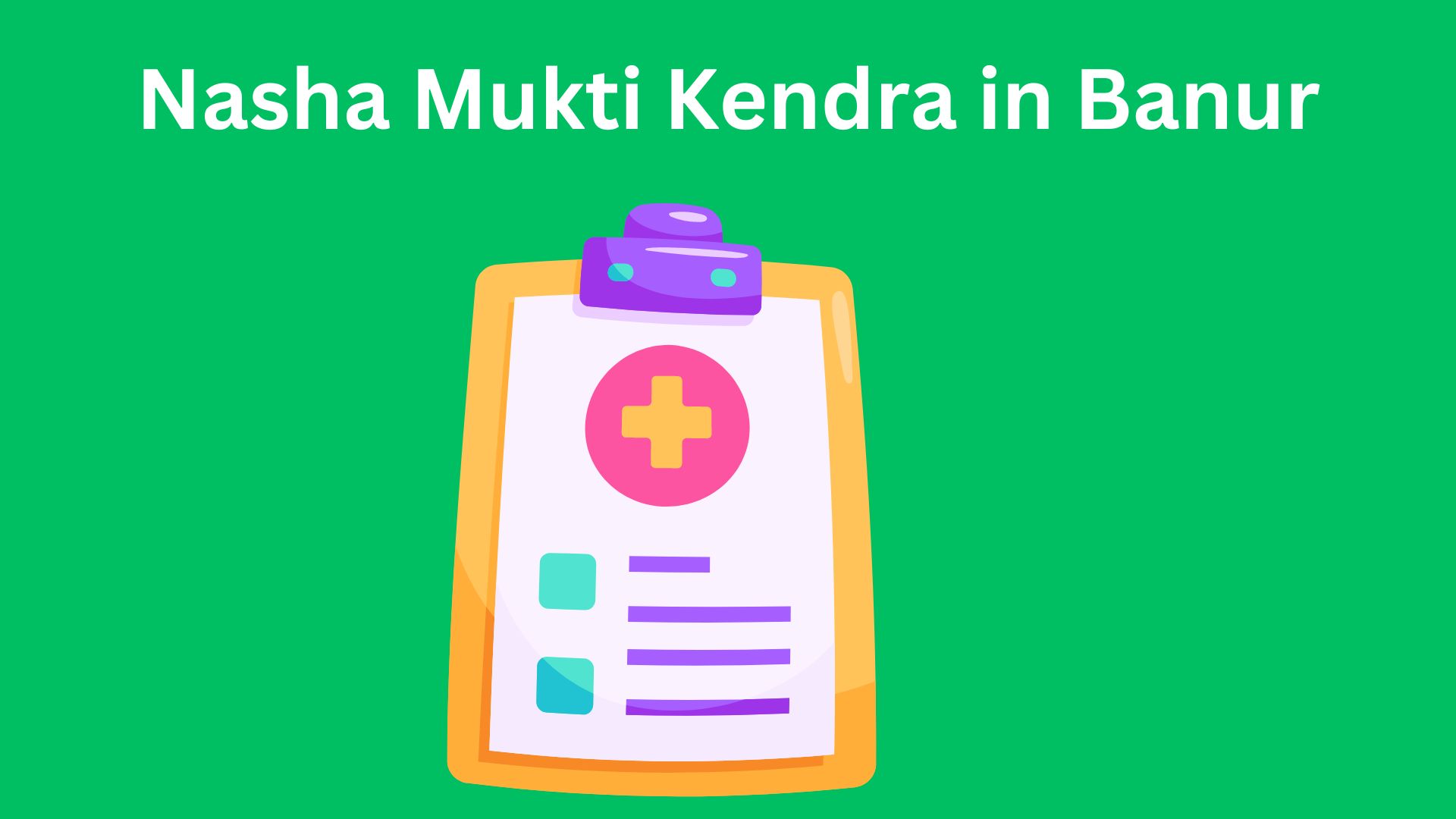
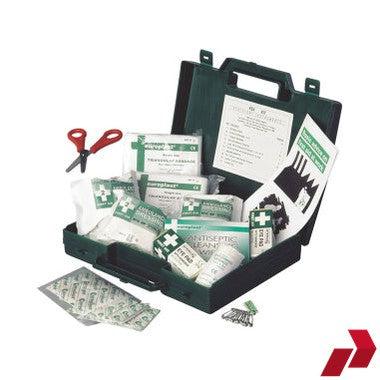
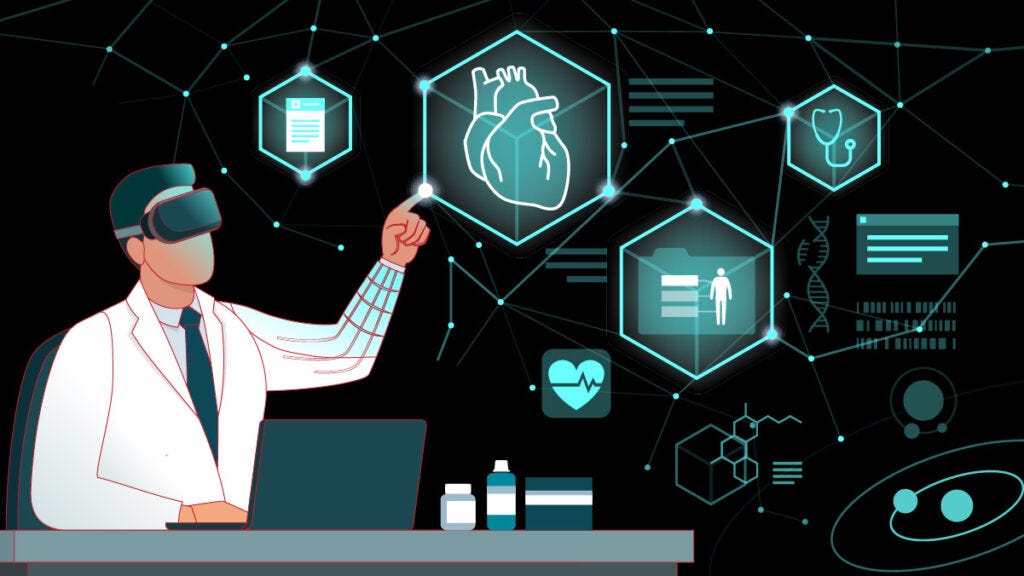
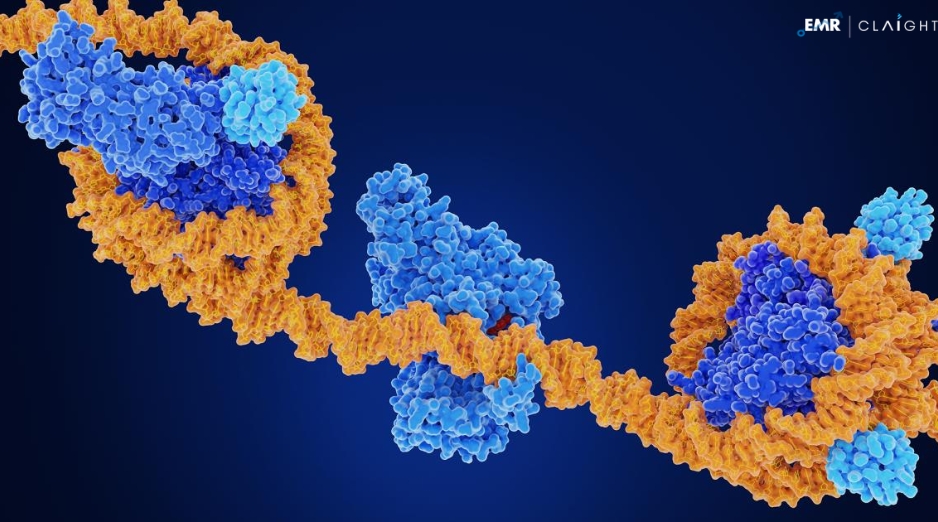



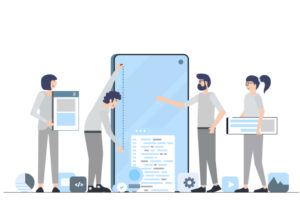






Post Comment